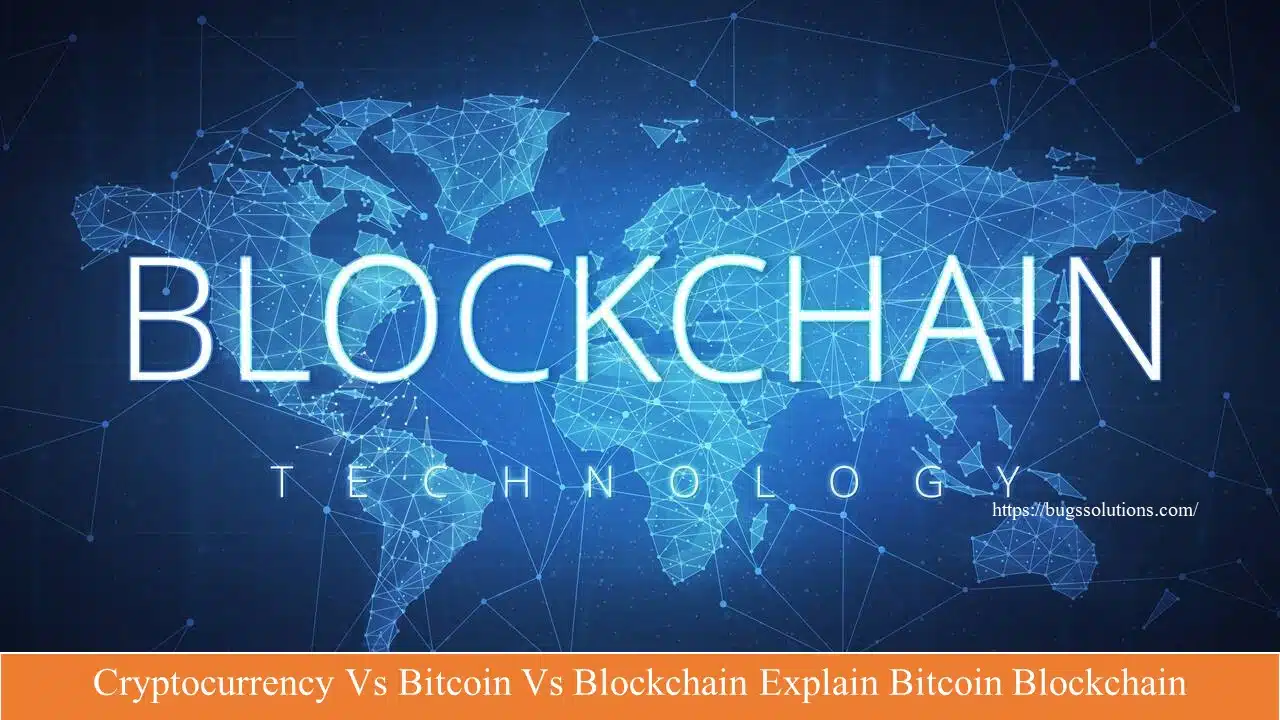Today Talk About Cryptocurrency,bitcoin,blockchain
The blockchain technology definition.
A peer-to-peer network’s entire transactions are recorded in a blockchain, which is a decentralised ledger. Participants can confirm transactions using this technology without the requirement for a central clearing organisation. Applications might involve paying bills, concluding business deals, casting ballots, and a host of other things.
Information can be recorded and shared in a safe, decentralised manner using blockchain technology, a type of digital ledger. It is simply a database that distributes across a network of computers, with each block of data being permanently and permanently added to the chain.
- Altcoin
- Mining
- Wallet
- Decentralization
- Smart contracts
- Initial coin offering (ICO)
- Tokenization
- Proof of work (PoW)
- Proof of stake (PoS)
- Digital signature
- Private key
- Public key
- Consensus
- Fork
- Cryptocurrency exchange
How PwC may be of assistance
No matter how innovative, a blockchain solution is only as good as how it is put into practise. PwC excels in this area by providing demonstrated experience in managing intricate implementation initiatives from beginning to end.
- Distributed ledger
- Decentralization
- Smart contracts
- Consensus
- Mining
- Immutable
- Permissioned blockchain
- Public blockchain
- Private blockchain
- Interoperability
- Tokenization
- Fork
- Digital identity
- Scalability
- Blockchain as a Service (BaaS)
- The History Of Bitcoin
Around the time of the financial crisis in late 2008, a groundbreaking article titled Bitcoin: A Peer-to-Peer Electronic Cash System surfaced on a little-known online forum. Satoshi Nakamoto, a fictitious name created to conceal the author’s real identity, wrote it.
In Satoshi’s opinion, the banks and governments wielded excessive authority for personal gain. Bitcoin, a cryptocurrency that was not governed or controlled by governments or central banks and allowed for free global transactions, was the new kind of money that Satoshi imagined could change this.
Describe blockchain.
A blockchain, to put it simply, is a digital file used to store data. Or, to use more technical language, the blockchain is an open, distributed ledger (database), meaning the data is distributed (duplicated) among many computers, making the blockchain decentralised.
One of the things that makes blockchain so revolutionary is its decentralisation. The entire blockchain is transparent, and data is validated by user consensus, in contrast to traditional, centralised databases, where records are handled by one central administrator (such as a business or government).
- Public blockchain
How it functions. Blockchain technology’s first variety is known as public blockchain. As distributed ledger technology was first developed here, cryptocurrencies like Bitcoin have gained popularity (DLT). Less security and transparency are just two of the issues that centralization brings with it. While using DLT, data is distributed across a peer-to-peer network rather than being stored in a single location.
- Private blockchain
A private blockchain is one that has a closed network or is managed by a single company. Although this kind of blockchain uses peer-to-peer connections and decentralisation and functions similarly to a public blockchain network, it is significantly more compact. Private blockchains often function on a tiny network where only a select few people can join and contribute computer power.
- Consortium blockchain
Consortia blockchain, often referred to as a federated blockchain, is the fourth form of blockchain and is comparable to a hybrid blockchain in that it combines characteristics from both private and public blockchains. It differs, though, in that a decentralised network is used to collaborate among numerous organisational members. In its most basic form, a consortium blockchain is a private blockchain with restricted access to a certain group.
- Hybrid blockchain
They will employ hybrid blockchain, a form of blockchain technology that incorporates features of both private and public blockchain. In order to manage who has access to particular data kept in the blockchain, it enables businesses to build up both a private, permission-based system and a public permissionless system.










